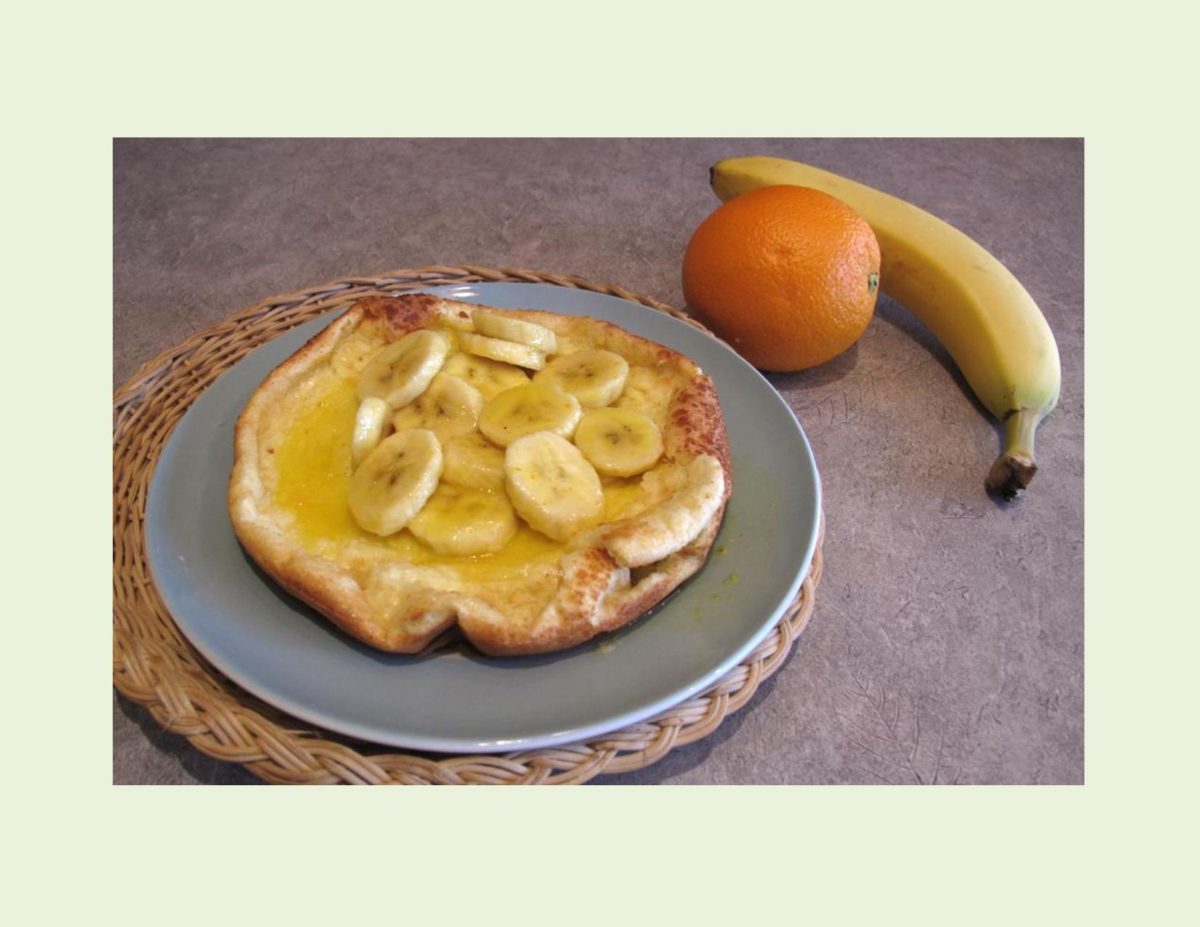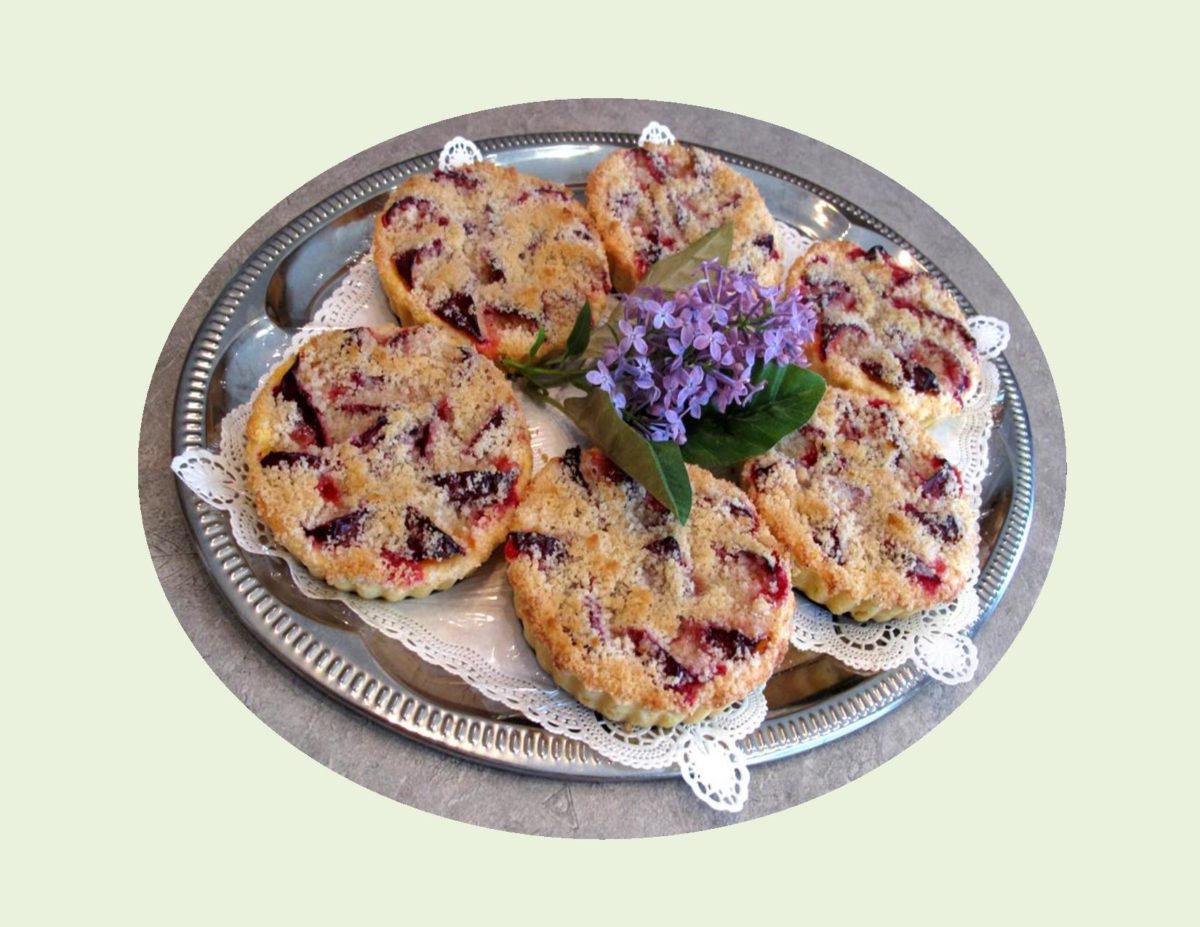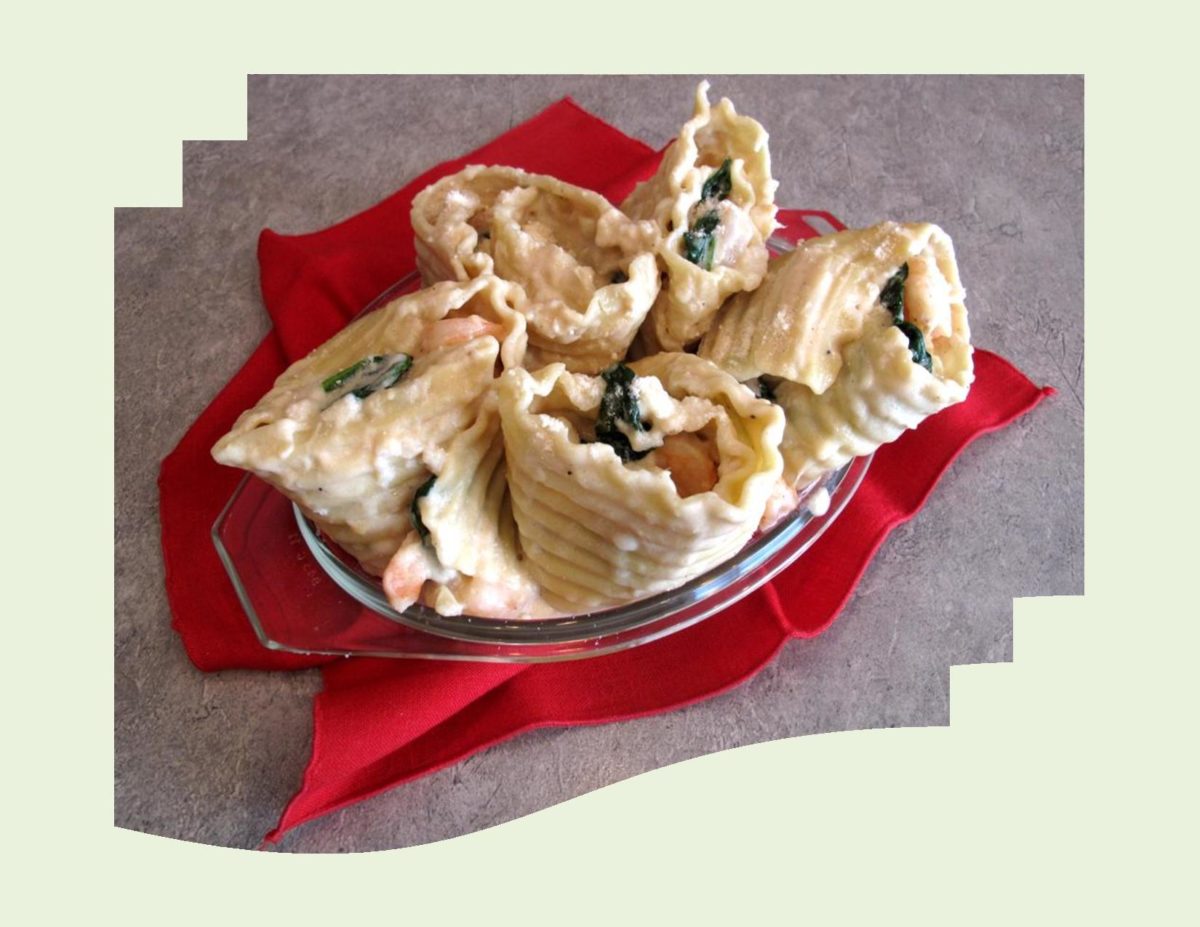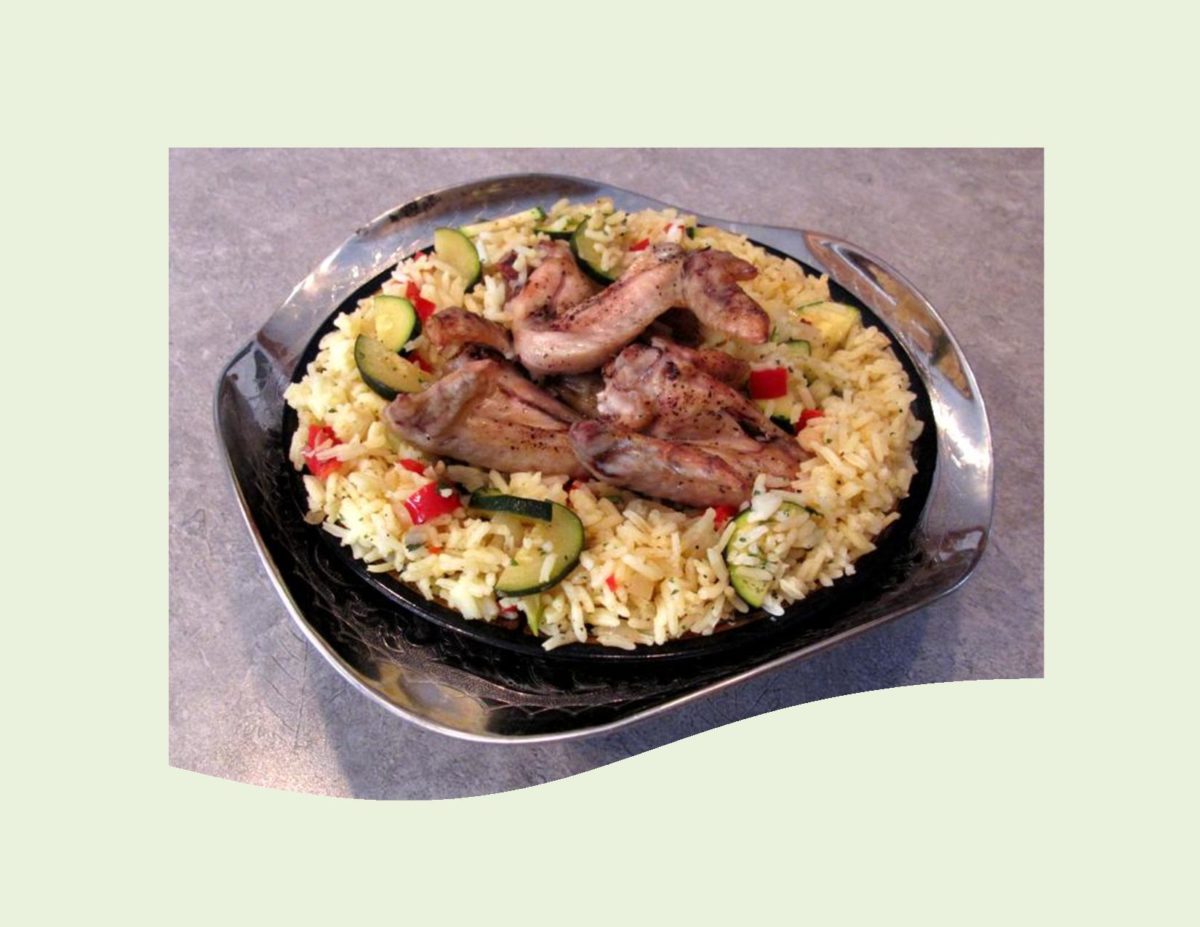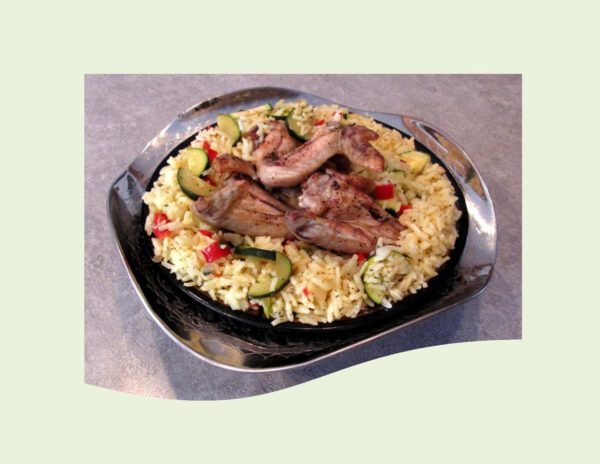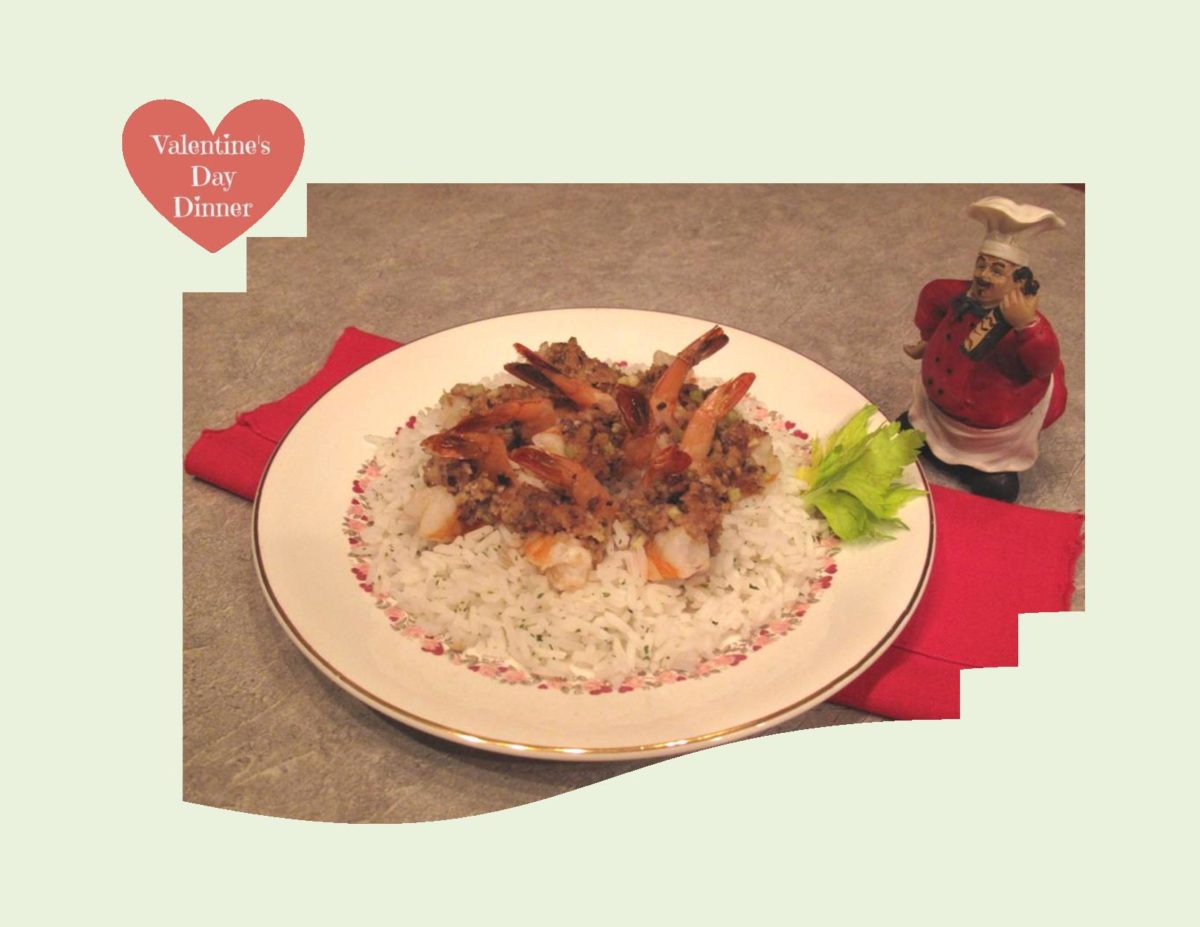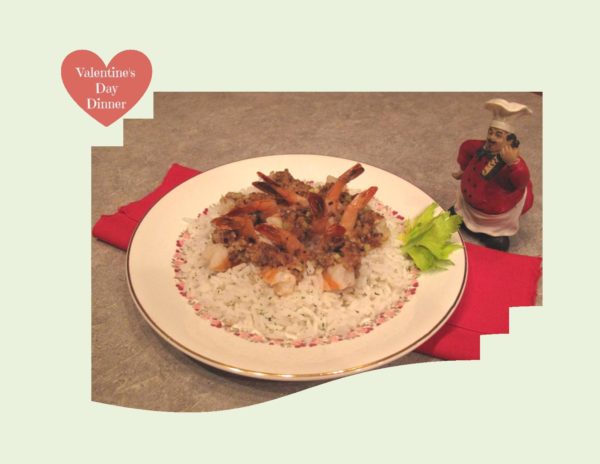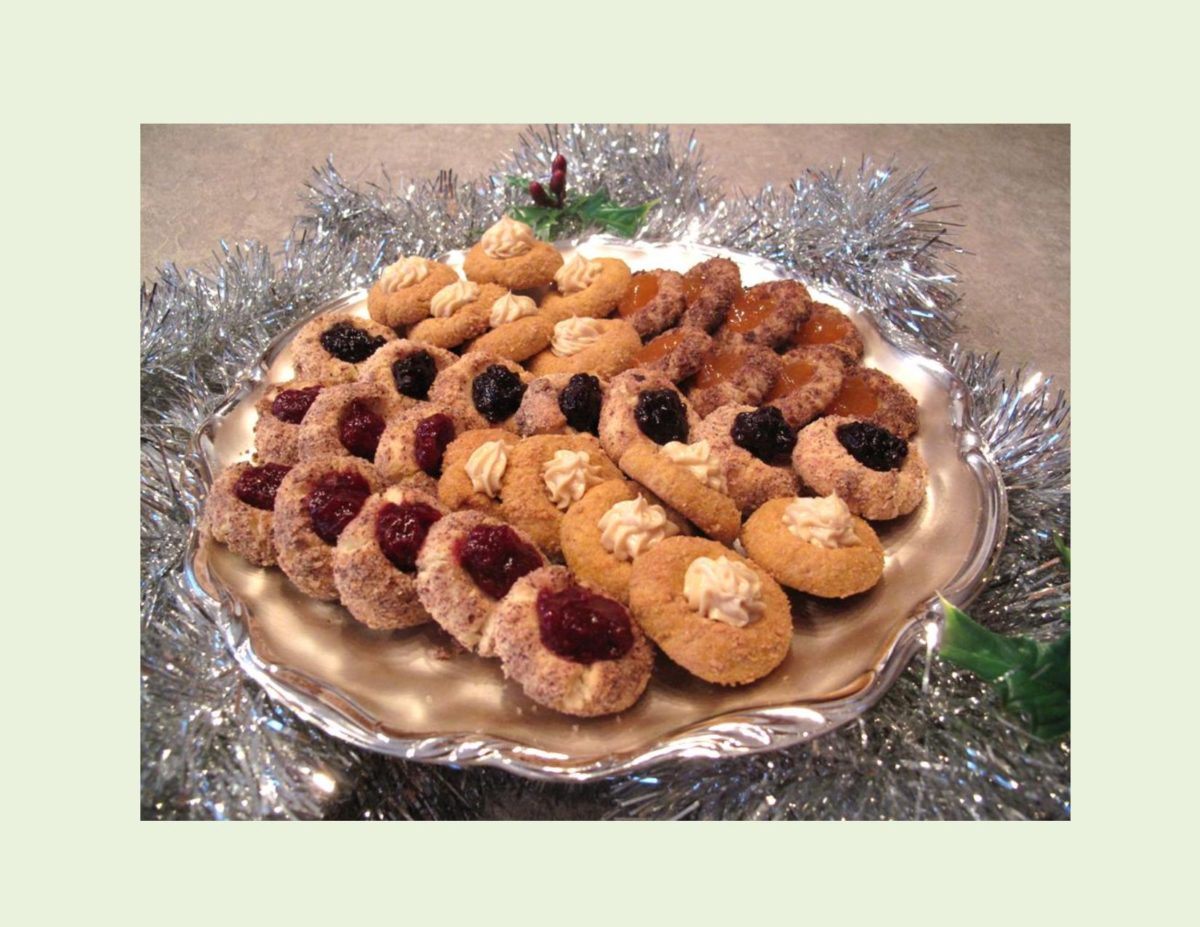January is kind of a different month — all the holiday hoopla is done for another year, in our part of the country its fairly cold, bringing on the winter ‘blaas’. I have numerous friends that say they find themselves feeling a bit ‘down’ at this time. That being said, It seemed the perfect time to be a ‘mental traveler”. I’d like to share an experience Brion & I had which was totally amazing.
Your day begins in central Greece. A misty fog blankets the Kalambaka Valley as the tour takes you to your morning destination.
Here, in the shadow of the Pindus Mountains and just beyond the town of Kalambaka, massive gray colored pinnacles rise out of the valley towards the sky. Over thousands of years, this landscape has been sculpted by wind and water into a strange and breathtaking sight. Perched miraculously on the tops of these pinnacles are monasteries. The area is called METEORA and literally means ‘columns in the sky’.
The sandstone peaks were first inhabited by Byzantine hermits in the 11th century, who clamored up the rocks to be alone with God. Though it is unknown how the first hermits reached the tops of these vertical rock faces, it is likely that pegs were hammered into tiny gaps in the rocks. Around 1382 the first monastery was built. By the 1500’s, 24 monasteries were built on these sheer cliffs, but by the 19th century most had fallen to ruin.
Because there were no steps, the main access to the monasteries was by means of a net that was hitched over a hook and hoisted up by rope and a hand cranked windlass to winch towers over hanging the chasm. Monks descended in nets or on a retractable rope ladders up to 40 meters long to the fertile valley below to grow grapes, corn and potatoes.
The natural rock buildings blend so evenly with the scenery, they are hard to spot at first. Only the red tile roofs give them away. Centuries of weather have caused natural streaking of the rock which acts as a camouflage. In the 1920’s, roads, pathways and stairs were built to make today’s remaining six monasteries more accessible as they are now largely dependent on tourist donations.
Inside the walls of these monasteries, life goes on as it has for more than 900 years. Wine is still made in giant oak vats where the monks climb in with bare feet to crush grapes. Most of the carpentry and masonry tools are hand made in the same style as their ancestors. Terracotta pots/bowls are fired by hand pumped bellows on a furnace. Traditional icons are painted using hand ground pigments bonded with egg yolk to make tempera paint that was common in the middle ages.
Among the existing monasteries is a convent called Saint Stephen’s that was built in 1798. The occupying nuns are courteous and friendly, but no visitor gets past them with bare shoulders or knees. Novices holding piles of blue aprons and capes meet the visitors at the gate. Anyone not meeting the exacting dress code must don the local sackcloth or be turned away.
To experience this rare geographical phenomenon is something you will not forget easily. If you have the opportunity be sure to take it. In the meantime I hope you have enjoyed this mental journey I have taken you on.
Now, in keeping with the food part of the blog, I made a savory GREEK SPANAKOPITA PASTA meal. Easy, quick and tasty.
Print Recipe
Savory Greek Spanakopita Pasta
Votes: 1
Rating: 5
You:
Rate this recipe!
|
|
Votes: 1
Rating: 5
You:
Rate this recipe!
|
Instructions
Pasta
Cook pasta in salted boiling water 8-10 minutes, until al dente. Drain & set aside.
Cheese Sauce
In a heavy saucepan over medium heat, heat the milk until hot but not boiling. Combine flour & butter in another saucepan. Whisk until the mixture has gently bubbled for 2 minutes, being careful not to brown the flour.
Begin to add the hot milk to the flour mixture a little at a time while whisking vigorously. Continue to add the milk until it is fully incorporated. Bring the mixture to a boil, reduce heat to low; simmer, stirring constantly, until it thickens, 6-8 minutes ( it will resemble heavy cream). Crumble the feta cheese & add to hot sauce, whisking until smooth. Add dill & pepper; stir. Remove from heat & let cool.
Preheat oven to 375 F. Squeeze water from frozen, thawed spinach. Toss the pasta, cheese sauce, spinach, ricotta & garlic in a large bowl until well combined. Taste to see if any more salt & pepper is needed.
Place in a casserole dish & top with Parmesan Cheese. Bake for 20-30 minutes, until cheese browns a little.
Recipe Notes
- If you prefer to make this a day ahead of baking, cover well & refrigerate.
- If you do not care for feta cheese you can substitute 285 grams of either Gorgonzola or mozzarella in place of the 140 grams of feta.



